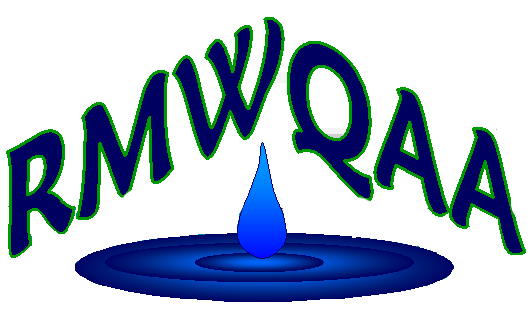In light of the upcoming World Bee Day, celebrated on May 20th, I thought I would give a shout out to the bees, but also would like to give recognition to all the native pollinators of Colorado. Pollinator species include ants, bees, beetles, butterflies, flies, birds, hummingbirds, and moths. A pollinator will move in an orderly fashion between flowers of the same plant species and gather pollen grains on their body which is then transferred from plant to plant resulting in cross-pollination. This is essential for plant reproduction and the production of most fruits and vegetables. According to the United States Department of Agriculture, about 80% of all flowering plants and over three-quarters of the staple crop plants rely on pollinators. However, this incredibly important species is facing various challenges such as habitat loss, misuse of pesticides, monocropping, pests, and disease. Given that May is a prime month for folks to begin planting and gardening, an important consideration is to plan a garden that is beneficial to pollinators. Pollinator habitats consist of a variety of flowering plants that provide nutrition and nesting space. These habitats can be big or small and consist of a variety of flowering plants that are attractive to both you and pollinators. An important factor to consider is to include a mixture of plant species that have bloom times ranging from early spring to late fall to provide pollen and nectar throughout the pollinator activity season. Other factors to be mindful of are providing flowers that are attractive to different species of pollinators. For example, bees prefer a broad range of plants and depending on the size of the bee, prefer larger or smaller flowers to be able to work more effectively. Even the structure of the flower can be more or less advantageous to different pollinator species. It is beneficial to plant in groups of flowers with similar structure rather than single plants scattered in the landscape. Planting native flowering plants is cost effective, adapted to local soils and climate, and are usually the best sources of resources for pollinators. A list of flowers for all seasons can be found in the Colorado State University fact sheet: https://extension.colostate.edu/topic-areas/insects/creating-pollinator-habitat-5-616/. For more information on the best practices to avoid and prevent impacts to pollinators, the Colorado Department of Agriculture has drafted a Pollinator Protection Plan containing guidelines in support of the health and proper management of pollinators and their habitats: https://ag.colorado.gov/plants/apiary-program-page/pollinator-protection.Ashley Romero is a Water Quality Scientist at GEI Consultants, Inc. and has a background in ecotoxicology.

Image from Pixaby
Ashley Romero is a Water Quality Scientist at GEI Consultants, Inc. and has a background in ecotoxicology.
 Welcome to the
RMWQAA Website!
Welcome to the
RMWQAA Website!  Welcome to the
RMWQAA Website!
Welcome to the
RMWQAA Website!